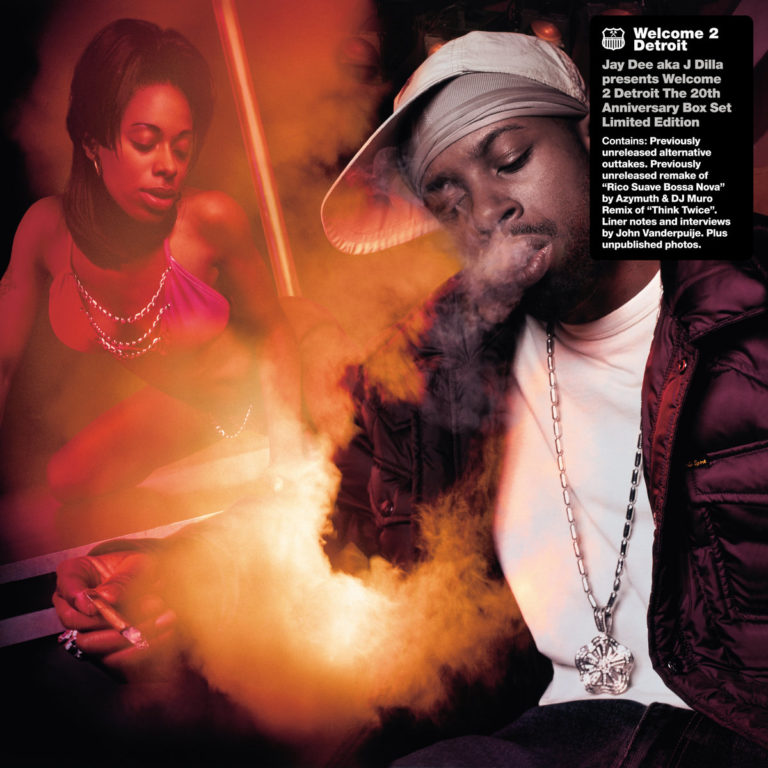
“I’ve mourned Dilla and really have just come out of mourning last year,” Yancey says. J Dilla’s synthesizer and beat machine will appear in the inaugural exhibition “Musical Crossroads.” J Dilla will be one of the most contemporary musicians represented. Yancey decided to donate after seeing plans for the NMAAHC museum, set to open in 2016. Maureen Yancey (left) and Timothy Burnside (right) announced the donation of J Dilla's equipment at last week's DC Loves Dilla concert. “He worked with absolutely everybody,” Burnside says.

That same house was where Erykah Badu, A Tribe Called Quest, and Common all came to record. Yancey invited the historian to her home in Detroit, and during several visits, they sipped iced tea and discussed how to preserve J Dilla’s legacy. The decision to donate her son’s Moog synthesizer and MPC beat machine followed years of conversations she had with Smithsonian’s popular-music historian, Timothy Burnside. Maureen Yancey, J Dilla’s mother announced the donation last week at the annual D.C.

Now, thanks to a donation from his mother, his objects will appear alongside those of his childhood icons at the National Museum of African American History and Culture. He grew up to become an influential hip-hop and neo-soul producer, until his death in 2006 at the age of 32. By his third birthday, he was a fan of Michael Jackson.

Before J Dilla learned to walk, he was already dancing to James Brown.


 0 kommentar(er)
0 kommentar(er)
